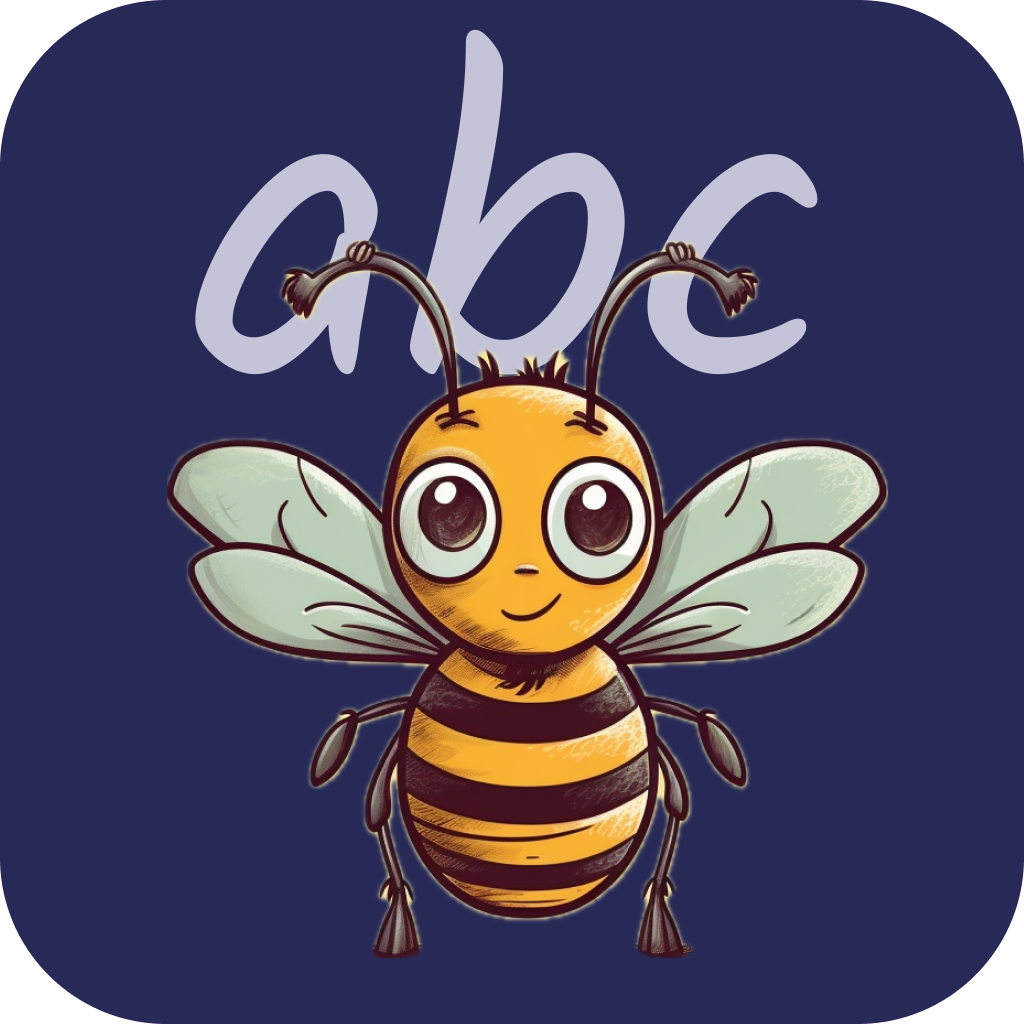Spelling is a crucial skill that affects reading, writing, and overall communication. While spelling instruction is often emphasized in early education, older kids and adults may struggle with spelling due to gaps in foundational knowledge, reliance on autocorrect, or difficulty remembering irregular words.
Whether you’re a student preparing for exams, a professional aiming to enhance your writing, or someone looking to improve spelling for personal growth, there are effective techniques that can help. In this article, we’ll explore research-backed strategies and practical methods for improving spelling at any age.
1. Analyze and Break Down Words (Morphological Awareness)
Older kids and adults benefit from learning morphology, which involves breaking words into their roots, prefixes, and suffixes.
How to Practice:
• Learn common prefixes and suffixes (e.g., un-, dis-, -tion, -able).
• Identify root words (e.g., “transport” comes from trans- = across and port = carry).
• Break long words into syllables (e.g., “in-ter-na-tion-al”).
📌 Example:
• Irreplaceable → Ir- (not) + replace (root word) + -able (capable of being)
• Understanding word parts helps you guess the correct spelling and meaning.
2. Read More and Pay Attention to Spelling Patterns
Spelling improves naturally when you are exposed to correctly spelled words through reading.
How to Practice:
✔ Read books, articles, and essays with proper spelling (avoid too much reliance on text messages or social media).
✔ Look for common spelling patterns (e.g., “-ight” in “light, fight, might”).
✔ Use a notebook to write down new or difficult words and review them later.
📌 Tip: Reading aloud can also help reinforce spelling because it connects pronunciation with spelling.
3. Use Mnemonics and Memory Aids
Mnemonics are powerful tools for remembering tricky spellings.
How to Practice:
✔ Create rhymes or phrases to help with difficult words.
✔ Use visualization – picture the word in your mind.
✔ Make up funny stories about the letters in the word.
📌 Examples:
• Necessary → One collar, two sleeves.
• Rhythm → Rhythm helps your two hands move.
• Separate → There’s a rat in separate (sepa-RAT-e).
4. Practice Writing Words by Hand
Writing engages muscle memory and helps reinforce spelling patterns.
How to Practice:
✔ Keep a spelling journal and write out difficult words multiple times.
✔ Use handwriting exercises instead of just typing.
✔ Try dictation exercises – listen to a passage and write it down.
📌 Tip: Writing with a pen and paper instead of typing has been shown to improve spelling retention.
5. Use Spelling Apps and Online Tools
Technology can be a helpful tool for improving spelling with interactive and engaging exercises.
How to Practice:
✔ Use spelling apps like Spelling Bee, Grammarly, or Quizlet.
✔ Play word games like Scrabble, Wordle, or Boggle.
✔ Try typing tests to improve spelling while increasing speed.
📌 Recommended Spelling Apps:
• Spelling Bee (practice through interactive challenges).
• Grammarly (corrects spelling in real-time).
• Anki or Quizlet (use flashcards for spelling review).
6. Use the “Look, Say, Cover, Write, Check” Method
This technique reinforces correct spelling through active practice.
How to Practice:
1. Look at the correct spelling of a word.
2. Say the word aloud.
3. Cover the word with your hand or a paper.
4. Write the word from memory.
5. Check to see if you got it right.
📌 Tip: Repeat this process multiple times to reinforce difficult words.
7. Identify and Correct Common Spelling Mistakes
Older students and adults tend to make similar spelling mistakes, often with:
• Homophones (e.g., “their” vs. “there” vs. “they’re”).
• Silent letters (e.g., “receipt,” “subtle,” “island”).
• Doubling letters (e.g., “occur” vs. “ocur,” “embarrass” vs. “embarass”).
• Words with tricky vowel combinations (e.g., “receive,” “perceive,” “believe”).
How to Practice:
✔ Keep a list of your common spelling mistakes and review them regularly.
✔ Use spelling checkers to highlight errors and learn from them.
📌 Tip: Instead of relying on autocorrect, intentionally write without it, then check and correct errors manually.
8. Improve Spelling Through Context (Writing & Sentence Building)
Spelling is best learned in context, rather than through isolated memorization.
How to Practice:
✔ Write daily – journal, blog, or compose emails carefully.
✔ Use new words in a sentence to reinforce spelling.
✔ Do crossword puzzles and spelling-based activities.
📌 Example Exercise:
• Take a word you struggle with (e.g., “accommodate”).
• Use it in 3 different sentences.
• Write a short paragraph that includes the word multiple times.
9. Learn Spelling Rules and Exceptions
Some words break traditional spelling rules, but many follow patterns that can be learned.
Common Spelling Rules:
✔ “I before E, except after C” → Believe, achieve, deceive, receive.
✔ Silent E makes the vowel long → Hop → Hope, Hat → Hate.
✔ Words ending in -y change to -ies in plurals → Baby → Babies.
📌 Tip: Make a list of exceptions to the rules and study them separately (e.g., “weird” does not follow the “I before E” rule).
10. Use Active Spelling Games and Challenges
Gamification makes spelling improvement enjoyable and sustainable.
How to Practice:
✔ Join spelling challenges (like adult spelling bees or online competitions).
✔ Play interactive spelling games (Scrabble, Words with Friends, Spelling Bee).
✔ Challenge yourself with one new tricky word per day.
📌 Tip: Keep a spelling streak where you learn 5–10 new words each week.
Final Thoughts: Spelling Is a Lifelong Skill
Improving spelling as an older student or adult requires practice, exposure, and memory techniques. By integrating multiple learning methods—such as reading, writing, mnemonics, and technology—anyone can become a stronger speller over time.
Key Takeaways:
✔ Analyze and break down words into parts.
✔ Read more and pay attention to spelling patterns.
✔ Use mnemonics and memory tricks for tricky words.
✔ Write words by hand to improve retention.
✔ Use spelling apps, games, and challenges for practice.
✔ Identify and fix common spelling mistakes.


Leave a Reply